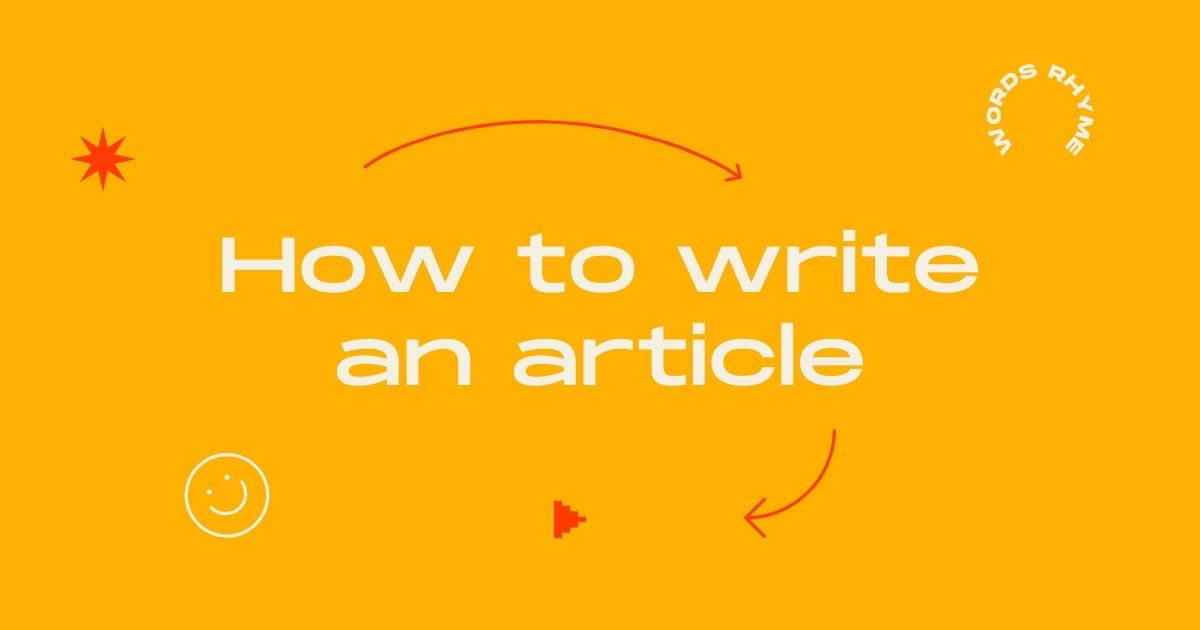You know, writing is tough. Really tough. We expect kids to know the low-brow of how to write an article already while telling them they gotta write all kinds of stuff. Stories, reports, essays…the list goes on.
And that’s not even the worst part. Writing is just one subject among, like, a million others they have to learn. So how can we help them out with this writing thing?
The best approach, I think, is to break it down step-by-step. Writing articles is one big puzzle, right? But if we show them the individual pieces first, then give them a simple formula, I bet that would make things way clearer.
In this article, we’re gonna look at each part of how to write an article. Then I’ll share an easy structure they can follow. Once they’ve got that down, they can start putting their own spin on things. But having that foundation will give them a solid starting point to express themselves.
Table of Contents
What is an Article?
How long is an article? What is the difference between a social media post and an article?
For intermediate levels, there are dozens of questions circling around the word “article” itself before they even get started on writing the first word.
An article is a piece of writing typically published in a newspaper, magazine, or online that discusses, describes, or analyzes a topic in detail. The main purpose is to inform or educate readers about a specific subject.
Each piece of content has different requirements, but there are a few common aspects that you can see in almost every article. We will break down each of them, and provide tips to practice and improve your writing skills.
How to Write an Article
Choose a Topic
The topic you choose will help you lay a solid foundation for everything that will be built upon later, but the question is – what will be an appropriate topic for your article? Can you write about things that you are passionate about – like aliens?
The answer is – of course, you can, but it doesn’t mean that you should.
Think about it.
You write an article for a home assignment/school task. You write for an audience.
And your audience doesn’t always have the same common/interest as you.
But here’s the tip to score high for your article – establish a topic checklist before moving on to write. They should satisfy the criteria your assignment is giving, such as:
- Is the topic interesting to you? – Searching and writing about something you’ve at least established a liking for will make the task less mundane.
- Is it currently in the news or trending? – Tapping into current events makes the article more timely and relevant.
- Will your audience find it useful or relevant? – Think about the interests and knowledge level of the people you distribute the article. A scholarly topic might not match a general interest magazine. If it’s your teacher, we recommend you ask them or “stalk” them through a professional network like LinkedIn.
- Is there any trusted publication that already researched this topic? – A well-researched topic will speed up your research process, but keep in mind that saturated topics may not provide new angles.
- Is the topic specific enough? – Don’t try to cover everything because they often end up very generalized. Focus on a very specific aspect or element of a larger issue to cover it thoroughly in article length.
Brainstorm a list of ideas and run them by others. Feedback can help refine vague topics into better angles. With some planning, you can land on the perfect idea.
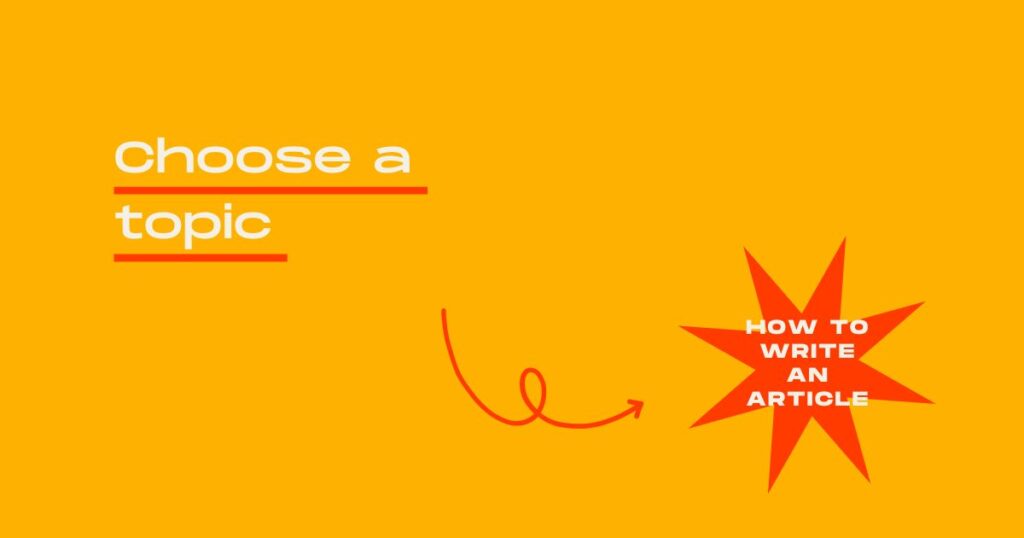
Create an Outline
After you have come up with a topic, building an outline should be easy.
The intro paragraph should grab attention and introduce the topic and scope. It sets the stage for what’s to come.
For the body, plan 2-3 main sub-topics or elements you’ll examine separately. This gives the article depth and covers different angles.
Order the body paragraphs logically so information builds upon itself. You can go from general to specific details.
Within each body paragraph, have a clear topic sentence stating its element/focus. The following sentences provide supporting facts and examples.
Subheadings above each body paragraph can further break up sections and help guide readers.
The conclusion should briefly summarize key points without simply repeating the intro. Reinforce why the topic is relevant or interesting.
You can also incorporate a final takeaway thought or call to action to finish on a thoughtful note.
Review your outline to ensure a smooth logical flow between the intro, body sections, and conclusion before writing.
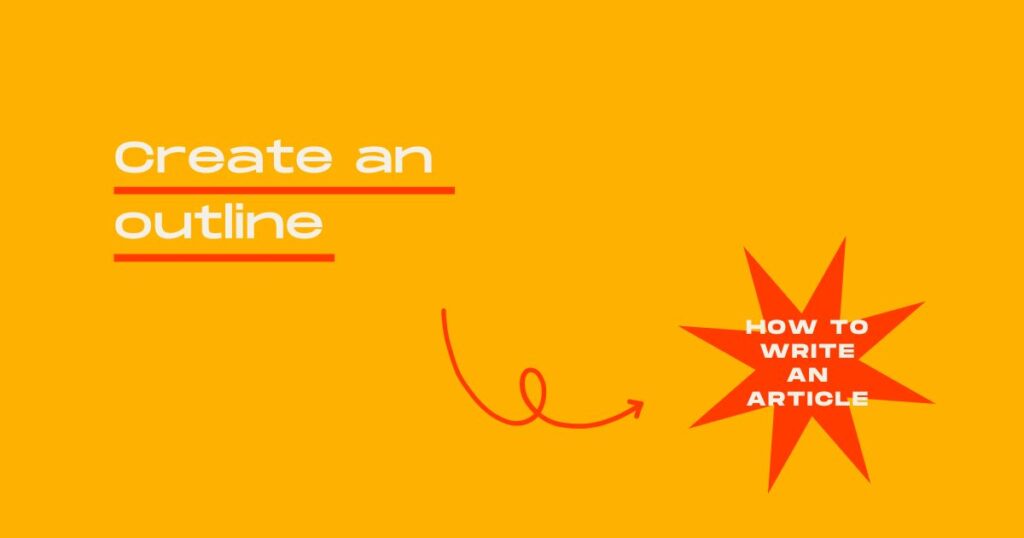
Write the Introduction
Most people struggle with writing the introduction but believe us when we say you don’t have to.
If you’re experiencing writer’s block, move to the next part. Don’t dwell too long thinking you need to come up with a wow-worthy intro to hook the audience in.
When writing the introduction, use the opening sentence to clearly state the main topic in a few words. Briefly define any key terms or concepts readers may need context on upfront and mention why this topic is relevant to them.
You can pose an interesting question to pique curiosity or share a surprising stat/fact.
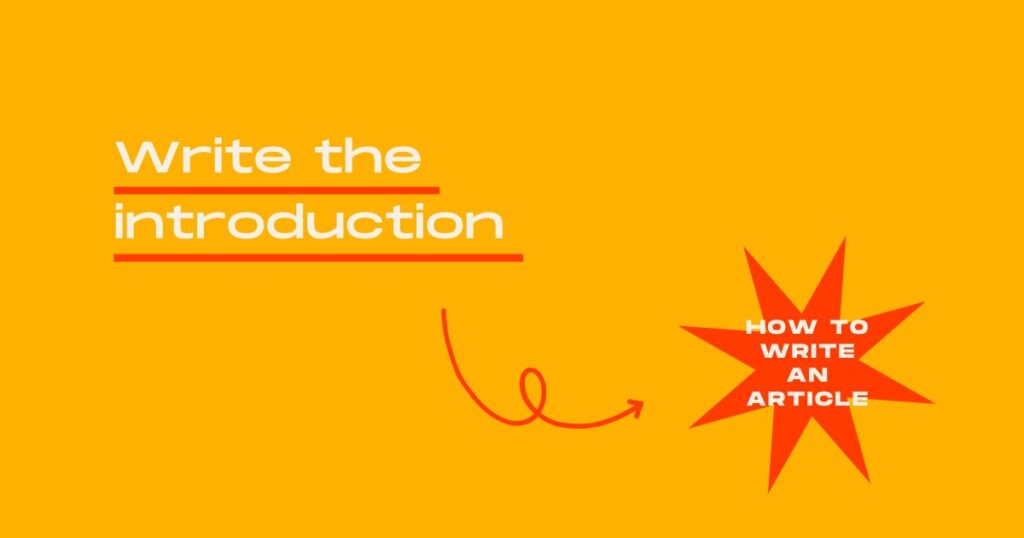
Craft the Body Paragraph
This is the main course of your article. Generally, they should follow a structure like this:
- Main idea 1
- 2-4 supporting sentences providing facts, sources, and examples directly related to that focus.
- Main idea 2
- 2-4 supporting sentences providing facts, sources, examples directly related to that focus.
Visually break up paragraphs with ample spacing between ideas for readability, and ensure a logical flow of ideas within each paragraph using transition words.
Remember, practice using concise language first before adding the spices – like metaphor, anecdote, simile or anaphora. If you indeed are using these techniques, use them sparingly with a purpose in mind.
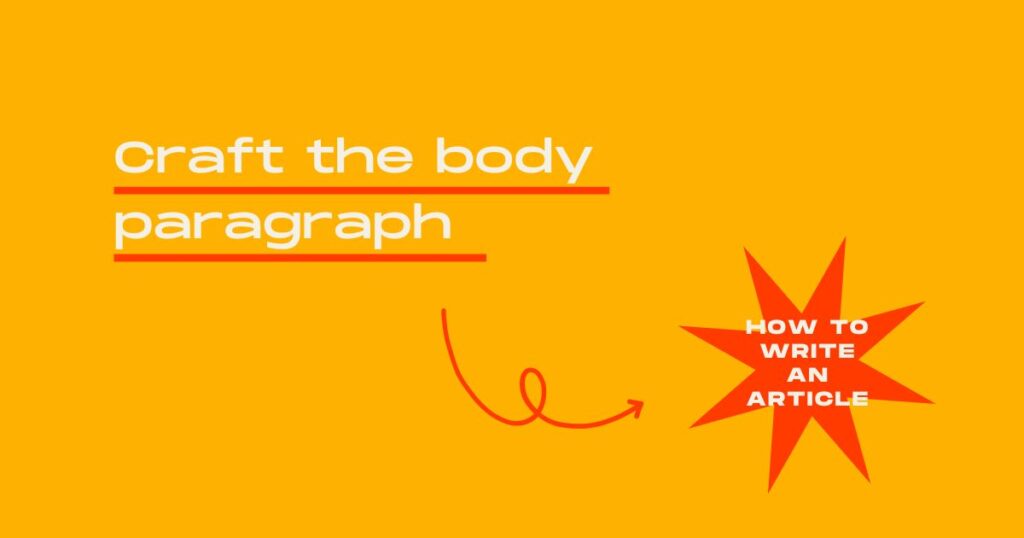
Write the Conclusion
Concluding on a thought-provoking note leaves a solid impact for readers to mull over. You can reiterate the importance/relevance of the topic without restating the context given in the intro.
Consider providing concluding thoughts on implications, applications, or areas for continued discussion/research.
Make a final check to catch any missed errors or unclear passages and voila! A masterpiece is on the way.
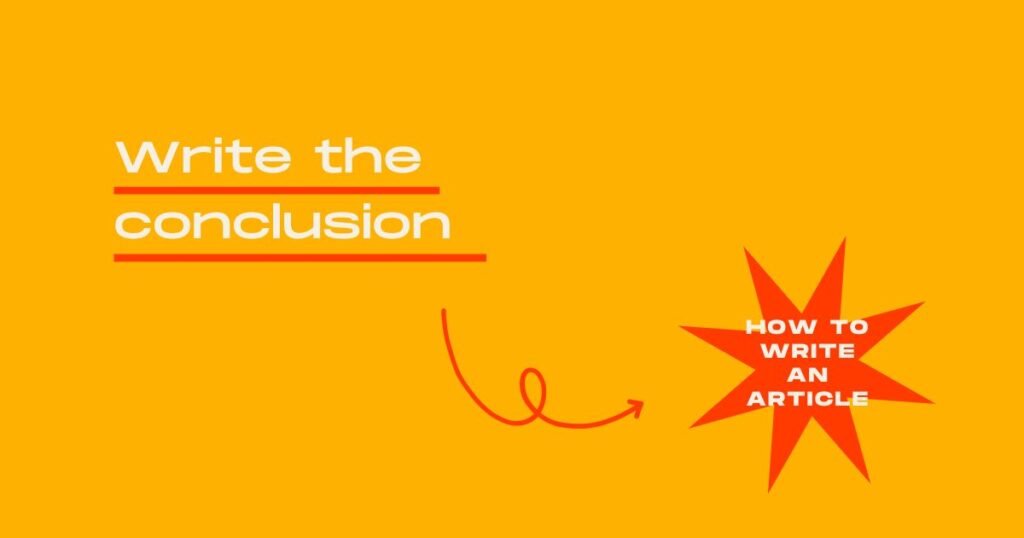
Following these basic steps will help produce a clear, well-structured, factually informative article.
Frequently Asked Questions on How to Write an Article
What is the format of an article?
The standard format for a written article includes:
– Title
– Introduction
– Body
– Subheadings
– Graphics/Images
– Conclusion
– References/Citations: Properly attribute sources using parenthetical, footnote or bibliography format.
– Word count: Articles average 500-1000 words but can vary by publication standards.
– Consistent formatting: Uniform style/layout for elements like font, indentation, spacing between sections.
How do I start writing an article?
Breaking it down step-by-step is key when first getting started. Don’t fret about perfection – just start writing to get the ideas down!
References: Cambridge Dictionary.


